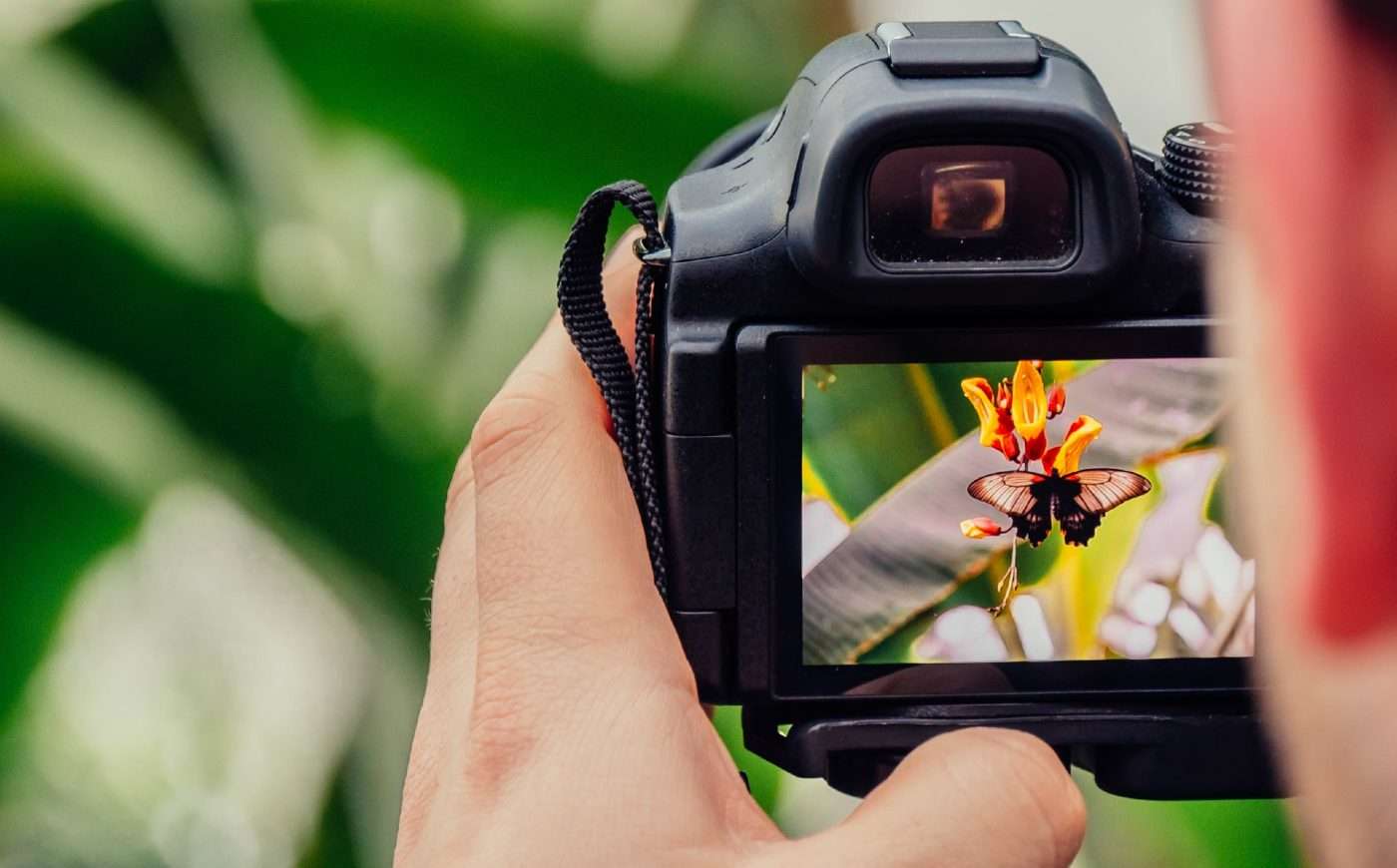Human Chain Formed by Florida Biologists to Save Stranded Dolphin
When a dolphin got lost and swam up a Florida canal, no less than 30 biologists and volunteers formed a human chain to coax it to sea.

Since states began to lock down in March, citizen science programs like eBird, NestWatch, and SciStarter have seen dramatic increases in users giving conservationists a wealth of data to help make datasets that might be used to protect birds and insect species, like butterflies and dragonflies.
While so many people are hanging around their homes, they need only to go outside to become a citizen scientist.
NestWatch and eBird capitalize on the enthusiasm of local birdwatchers to provide a lot of information to scientists about populations in regions where ornithology departments at universities don't have funding to plan expeditions for.
These two apps experienced increases of 41% and 29%, respectively, in submissions this year compared to 2019.
COVID-19 has forced a lot of scientific expeditions to be postponed, and so naturalists are heavily relying on citizen scientists to keep track of insect and bird populations.
Less than an hour from the nation's capital, a group called Occoquan Bay Meadowoods Surveys in Northern Virginia, which has delivered citizen surveys for 30 years, played a big part in the creation of the Occoquan Bay National Wildlife Refuge.
CHECK OUT: COVID-19 ‘Citizen Science' Project Lets Any Adult with a Smartphone Help Fight Coronavirus
"You don't know what's there until you know it's there," says Jim Waggener, 84, who founded the survey group three decades ago. "That's what repetitive surveys can do—peel away one layer after another of nature so you see just a bit deeper into what it's all about."
Waggener told National Geographic that due to the high number of seniors present in his field expeditions, social distancing and other COVID-19 measures make it a little bit more difficult to conduct different kinds of field work such as looking at flowers and insects in close proximity, which is especially relevant because the naturalist is seeing a significant increase in new faces joining him in the field.
Also speaking with National Geographic, one retired computer programer named Judy Gallagher reckons she spent 30 hours a month during the summer studying lesser-known butterflies in Northern Virginia survey areas.
"There are certain species, like monarchs, that are very carefully studied," Gallagher says. "Most insects are not, and the more data we can give, the more likely it is we can come up with ways of mitigating species loss."
This research is being used by scientists at nearby Georgetown University to create models for the potential risk of current or future human impacts on the feeding and breeding habits and habitat vulnerability of butterflies.
Insect species are often neglected in favor of research on more charismatic species like birds and mammals, so citizen science can help make up for biases in research fields within academia.
Buzz the Good News Over to the Nature Fans in Your Life…
Be the first to comment